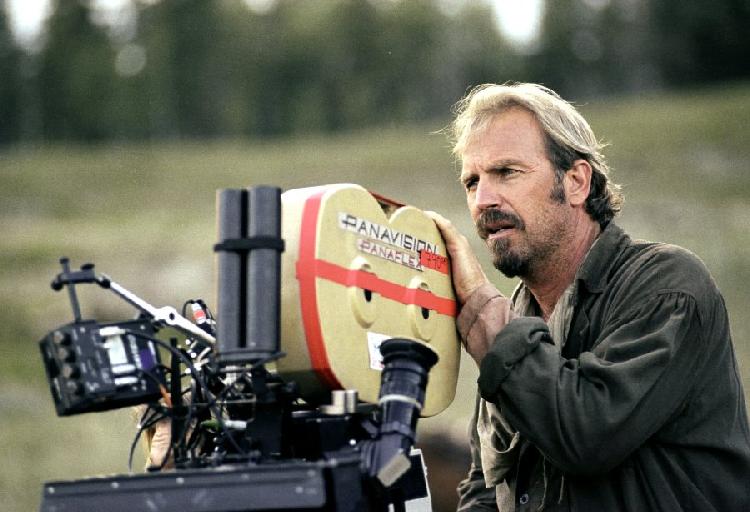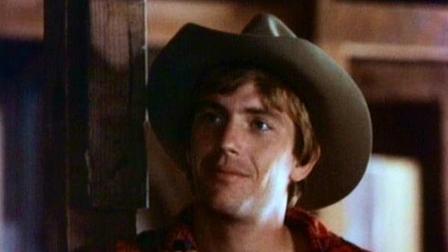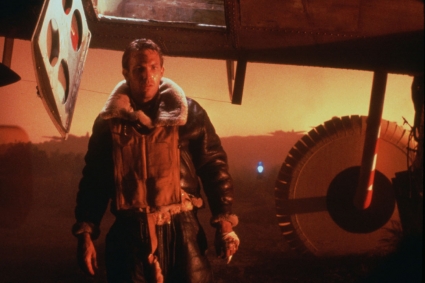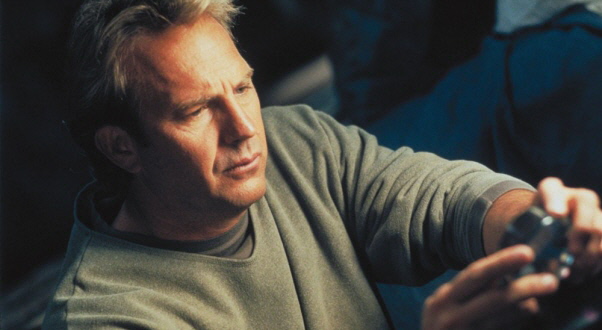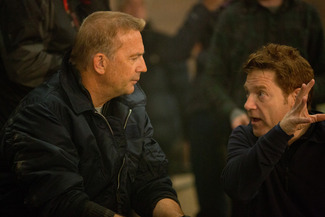REMEMBERING HAROLD RAMIS
Harold Ramis, the Chicago born comic who rose from the legendary stable of Second City performers to become one of his generation’s most iconic comedic figures, passed away on February 24 after a four year fight with the rare disease auto immune inflammatory vasculitis; he was 69. SCREEN-SPACE honours the great funny man with a look back at a career peppered with some of the most beloved moments in American comedies of all time…

TVTV at the Super Bowl:
 Ramis and comedy cohorts Bill Murray, Christopher Guest and Brian Doyle-Murray were given unprecedented access to the locker rooms and lives of the players, coaching staff and fans in the lead-up to 1976 Super Bowl X between the Pittsburgh Steelers and the Dallas Cowboys. The result was freeform faux-journalism at the dawn of television’s big-money commitment to sports coverage, predating the current cable net comedy giants by over three decades. Ramis shared multiple duties with a pre-SNL Murray and pre-Spinal Tap Guest, but it would be his skill and timing as director that shone through (watch the full video here). It lead to him overseeing such comedy classics as National Lampoon's Vacation (1983; pictured, right, the director on-set), the Al Franken SNL spin-off Stuart Saves His Family (1995), Multiplicity (1996) with Michael Keaton, the remake of Bedazzled (2000) and the John Cusack film, The Ice Harvest (2005).
Ramis and comedy cohorts Bill Murray, Christopher Guest and Brian Doyle-Murray were given unprecedented access to the locker rooms and lives of the players, coaching staff and fans in the lead-up to 1976 Super Bowl X between the Pittsburgh Steelers and the Dallas Cowboys. The result was freeform faux-journalism at the dawn of television’s big-money commitment to sports coverage, predating the current cable net comedy giants by over three decades. Ramis shared multiple duties with a pre-SNL Murray and pre-Spinal Tap Guest, but it would be his skill and timing as director that shone through (watch the full video here). It lead to him overseeing such comedy classics as National Lampoon's Vacation (1983; pictured, right, the director on-set), the Al Franken SNL spin-off Stuart Saves His Family (1995), Multiplicity (1996) with Michael Keaton, the remake of Bedazzled (2000) and the John Cusack film, The Ice Harvest (2005).
The Screenwriter - Animal House, Meatballs, Caddyshack, Stripes:
Having served as Head Writer on the television offshoot of the improv troop Second City, Ramis co-wrote one of the most successful comedies of all time, the John Landis directed Animal House (1978). He tailored the part of frathouse wildman Bluto for his good friend John Belushi, with whom Ramis had been sharing the Second City stage since 1972. The films blockbuster status opened doors for the young writer; in quick succession, his scripts for Meatballs (1979), Caddyshack (1980) and Stripes (1981) were in production. Other Ramis scripts included Rodney Dangerfield’s Back to School, Robin Williams’ Club Paradise and John Candy’s Armed and Dangerous (all 1986); Analyze This (1999) and its sequel, Analyze That (2002); and, his final bigscreen effort, the 2009 Jack Black/Michael Cera farce, Year One.
When Harry met Billy…: By the time Bill Murray and Harold Ramis played opposite each other in Ivan Reitman’s Stripes, they had been inspiring each other’s unique talents for a decade. Ramis arrived in New York from Chicago in 1972 and was soon working alongside Murray on The National Lampoon Radio Hour. Ramis’ script for Meatballs provided Murray with his breakout hit; their late-night improv sessions led to Murray’s Carl the Groundsman in Ramis’ directorial debut, Caddyshack. When Dan Aykroyd presented Ramis and Murray with his dark, edgy script about a trio of paranormal investigators in NYC, Ramis worked on lengthy rewrites to better accommodate the three actors distinctive stylings; Ghostbusters (1984; pictured, right) would become the most successful comedy of all time.
By the time Bill Murray and Harold Ramis played opposite each other in Ivan Reitman’s Stripes, they had been inspiring each other’s unique talents for a decade. Ramis arrived in New York from Chicago in 1972 and was soon working alongside Murray on The National Lampoon Radio Hour. Ramis’ script for Meatballs provided Murray with his breakout hit; their late-night improv sessions led to Murray’s Carl the Groundsman in Ramis’ directorial debut, Caddyshack. When Dan Aykroyd presented Ramis and Murray with his dark, edgy script about a trio of paranormal investigators in NYC, Ramis worked on lengthy rewrites to better accommodate the three actors distinctive stylings; Ghostbusters (1984; pictured, right) would become the most successful comedy of all time.
“Don’t drive angry!”:
When Ramis came on board to direct Danny Rubin’s script for Groundhog Day, he tweaked the concept considerably (among other things, Rubin’s script began in the midst of one of Phil’s repeated days) and set about finding a leading man. Chevy Chase, Steve Martin, Tom Hanks and John Travolta all tested, but Ramis felt all played too ‘nice’. Bill Murray was approached and the film, along with their Ghostbuster collaborations, became an iconic work for which both will be forever remembered. In 2007, the films status as an American classic was ensured when it was selected for preservation by the National Film Registry.
The Great Straight Man:
“The moment I knew I wouldn't be any huge comedy star was when I got on stage with John Belushi for the first time," Ramis told the Chicago Tribune in 1999. “"I stopped being the zany. I let John be the zany. I learned that my thing was lobbing in great lines here and there, which would score big and keep me there on the stage." From his debut as Russell Ziskey in Stripes (featured, above), Ramis made the absolute utmost of every part he played. He was one of cinema’s greatest straight-faced comedy leads as Dr Egon Spengler in Ghostbusters; other notable film appearances included Baby Boom (1987), Love Affair (1994), As Good as It Gets (1997), Orange County (2002) and Knocked Up (2007).
Harold Ramis was surrounded by family and friends when he passed away at 12:53am on February 24. He is survived by his wife, Erica Mann Ramis.
 Simon Foster
Simon Foster




